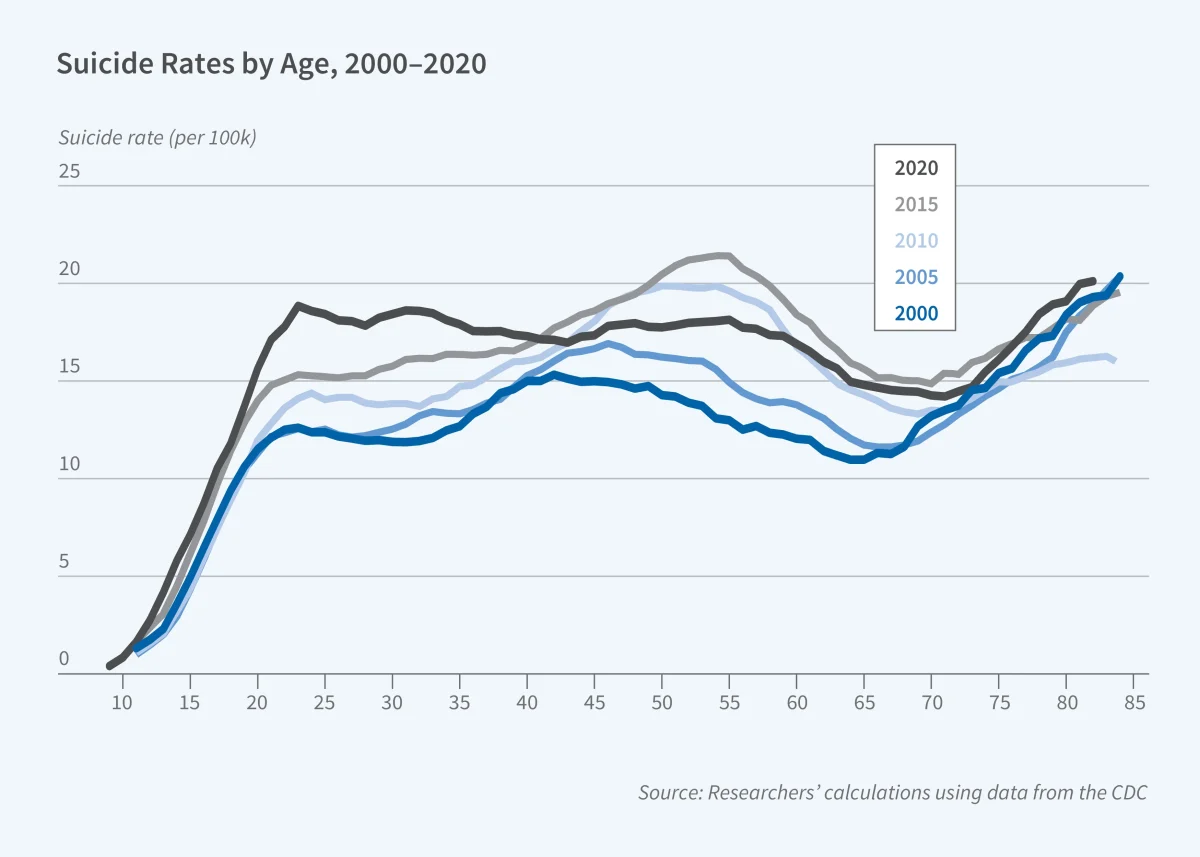During a large-scale geomagnetic storm this past weekend, the aurora borealis was visible to Americans across the nation.
More commonly referred to as the Northern Lights, this spectacle was especially significant due to its uncommon presence in the continental U.S.
According to The Hill, “Northern lights are sparked by coronal mass ejections, or explosions of plasma and magnetic material shooting out of the sun, colliding with Earth’s magnetic field.”
The particles created from these ejections then collide with oxygen and nitrogen in the Earth’s atmosphere to manifest as visible light, producing the notorious green and purple hues known as the aurora borealis.
Usually, this phenomenon tends to be visible closer to the Earth’s poles. With such a significant geomagnetic storm during the past weekend, however, the lights extended closer to the equator, with sightings as far south as Alabama. According to the National Weather Service, the storm even reached extreme activity periods. With a scale ranging from G1-G5, G5 being the most severe, the activity during the past weekend fluctuated from G3 to G5 level intensity. This is also the first time since 2005 that an extreme geomagnetic storm watch has been issued in the U.S.
This classification also brought concerns for technological aspects that could have been affected by such intense space conditions. It was anticipated that the storm would have an effect on radio and satellite communications, possibly also affecting navigation.
Being such a major event, the colorful display was also spotted in countries around the world. Extending as far as New Zealand, reports of the aurora borealis sightings have been received from countries like Canada, the United Kingdom, the Czech Republic, Germany and China.
Though the behavior and severity of the northern lights are very difficult to anticipate, there are steps that can be taken in order to increase visibility. To most effectively observe these Auroras, it is recommended to increase the distance from any sources of light pollution. Optimal viewing times are anywhere from 10 p.m. to 2 a.m., and darkness is an absolute must. The northern lights are most active along higher latitudes, meaning that regions closer to the poles are the most dependable. This includes Canada, Norway, Alaska, Finland and Iceland. Even so, if not blatantly visible to the human eye, the camera of a mobile phone set to “night mode” can also be used to pick up the auroras.
While the most significant activity transpired on Friday and Sunday night, the lights are expected to carry into Monday and Tuesday, though the viewing will most likely be less prominent.










